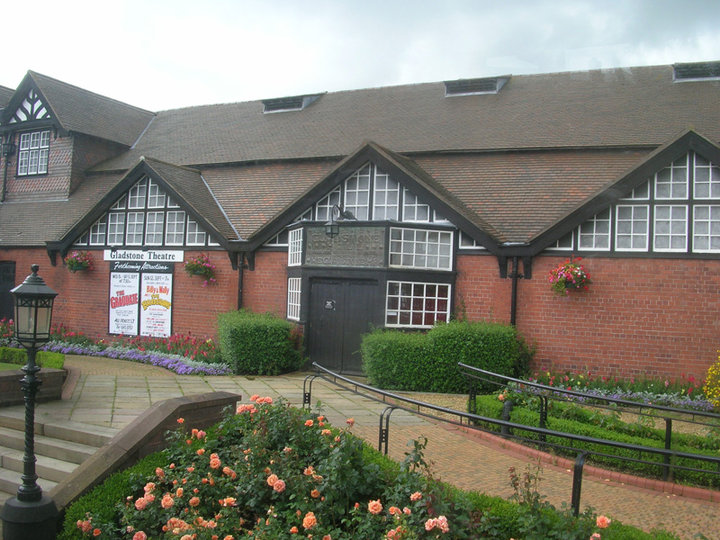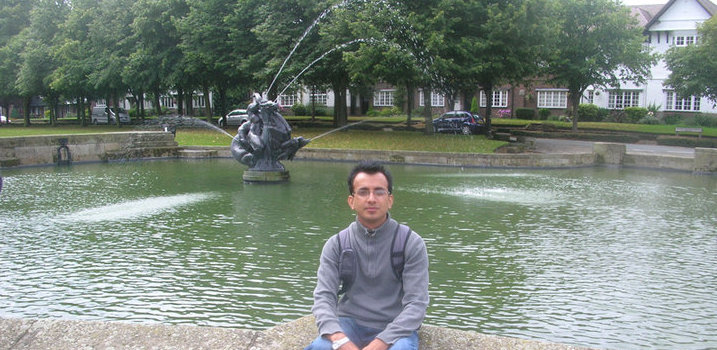The village boasts over 900 Grade II listed buildings nestled within 130 acres of picturesque parkland and gardens. These structures were crafted by more than 30 different architects, resulting in a diverse display of British architectural styles spanning various periods, with a particular emphasis on revival designs. Port Sunlight serves as a remarkable illustration of both the aesthetic movement, which celebrated the visual and sensual aspects of art and design, and the Arts and Crafts Movement, which placed great value on traditional craftsmanship.
Port Sunlight was conceived by Lever as a housing solution for the workers of his soap factory, Lever Brothers, which eventually grew into the global conglomerate known as Unilever. The village embodies Lever’s vision to provide industrial workers with decent and hygienic housing, designed in a thoughtful and picturesque manner.
Although Lever presented his endeavor as part of a business model called “prosperity-sharing,” it was not merely a philanthropic venture. Instead of directly sharing the company’s profits with his employees, Lever aimed to offer them secure and comfortable lives through affordable houses, amenities, and welfare provisions. This approach aimed to foster loyalty and commitment while enabling the workers to thrive as individuals.
Port Sunlight was not the first industrial village of its kind; Robert Owen’s New Lanark in Scotland, established in 1800, and Sir Titus Salt’s Saltaire village from 1851 were earlier examples. However, Port Sunlight uniquely combined these ideas with the incorporation of green spaces, parkland, and public buildings, ultimately influencing the development of the Garden City Movement.


